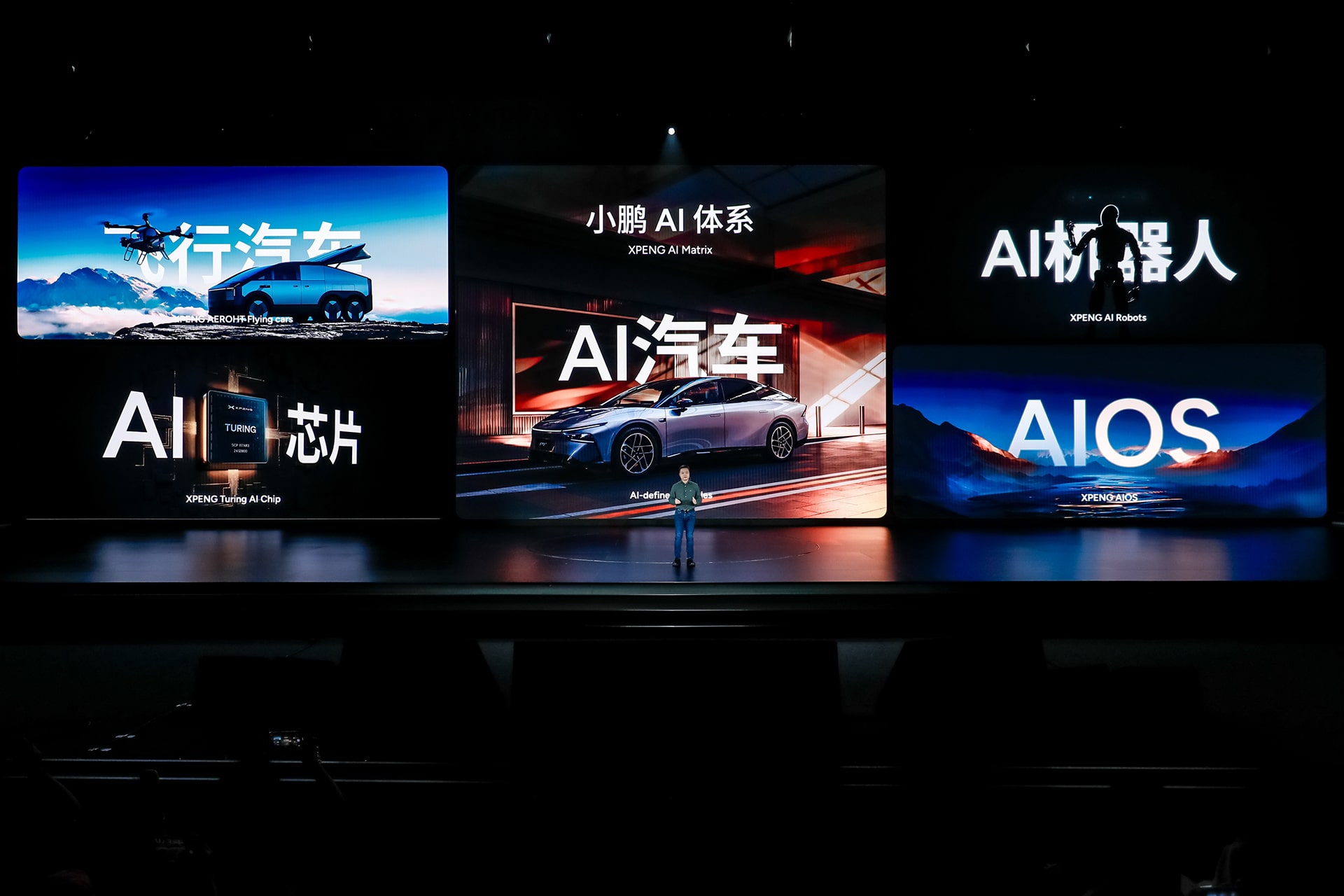According to 36Kr, Xpeng has become a recurring name in discussions among those working in embodied intelligence.
“Among [Chinese] humanoid robotics teams, Xpeng is in the top three,” one industry insider said.
While China’s embodied intelligence sector has seen a surge in startup activity, Xpeng Robotics has kept a relatively low profile. That changed during the company’s August 19 earnings call, when CEO He Xiaopeng announced that Xpeng’s fifth-generation humanoid robot will debut on October 24, with mass production slated for the second half of 2026.
36Kr has learned that Xpeng’s venture into robotics began in early 2020 under the leadership of Liangchuan Mi. Mi joined Nvidia in 2005 and later became senior manager for Android software at its Santa Clara office, overseeing Android platform operations in China.
While at Nvidia, Mi reported to Xinzhou Wu, the company’s global vice president, and led teams of around 100 people. He studied at the University of Science and Technology of China and worked as a researcher at Carnegie Mellon University.
Xpeng’s robotics ambitions predate the current embodied intelligence boom.
One source told 36Kr that He’s interest in robotics dates back to 2016. “He would do a serious robotics review almost every year,” the source said, adding that He spent long hours in discussion with Unitree Robotics founder Wang Xingxing.
In 2020, He shifted from interest to execution. Xpeng acquired Dogotix, a company founded by Zhao Tongyang, and established Pengxing Intelligence to explore robotics ventures. According to the same source, Xiaomi founder Lei Jun helped facilitate the deal.
The acquisition reportedly cost Xpeng USD 100 million to buy out existing investor shares. At its peak that year, Pengxing had more than 300 employees.
However, internal misalignments, including friction with He, eventually led to the departure of core team members. Zhao, the former team lead, went on to found EngineAI.
After 2023, He appointed Mi to lead the robotics division. According to a source, the team underwent several restructurings over the past two years, shrinking to about 70 people before scaling back up to around 200. In China’s embodied intelligence space, that headcount is considered substantial.
Sources who spoke to 36Kr said He’s robotics roadmap partly mirrors Elon Musk’s approach. He has described robotics as Xpeng’s “third growth curve.”
Positioning robotics as an extension of automotive technology has strategic logic.
Smart driving systems are arguably the most practical real-world application of embodied intelligence, due to significant overlap in the core technology stack.
Tesla’s Optimus robot, for example, reportedly repurposed about 60% of its “Full Self-Driving” (FSD) algorithms. Similarly, Xpeng’s earlier robot, Iron, reused its Hawkeye vision system originally developed for automotive use.
He has previously stated that humanoid robotics and autonomous driving can accelerate one another when built on shared infrastructure.
The supply chain also offers synergies. Many automotive components can be adapted for robotics. Tesla’s Optimus, for instance, uses a battery pack from the Model Y.
On the product side, Xpeng has already launched several robots. These include its first PX5, in October 2023, and Iron, its fourth-generation robot, in November 2024.
According to He’s August earnings call remarks, the fifth-generation humanoid robot will integrate Xpeng’s automotive technology more deeply.
It will feature Xpeng’s in-house Turing AI chip to enhance on-device computation, supporting small reinforcement learning models and a modular end-to-end architecture. The robot will also run on the company’s VLA (vision-language-action) architecture and share cloud AI infrastructure with its vehicles.
The electrical and electronic architecture of the fifth-generation robot is adapted from Xpeng’s vehicles. Joint modules, control systems, and the division of processing tasks are all shaped by its smart driving division. Overall, about 70% of the technology stack is expected to be shared with the automotive side.
With core technologies in place, Xpeng is beginning real-world testing.
A source told 36Kr that several hundred humanoid robots have already been deployed on Xpeng’s production lines. These units are not yet involved in vehicle assembly but are primarily used for algorithm tuning and data collection. “Deploying several hundred on the production line is already a lot for an automaker,” the source said.
KrASIA Connection features translated and adapted content that was originally published by 36Kr. This article was written by Qiu Xiaofen for 36Kr.

